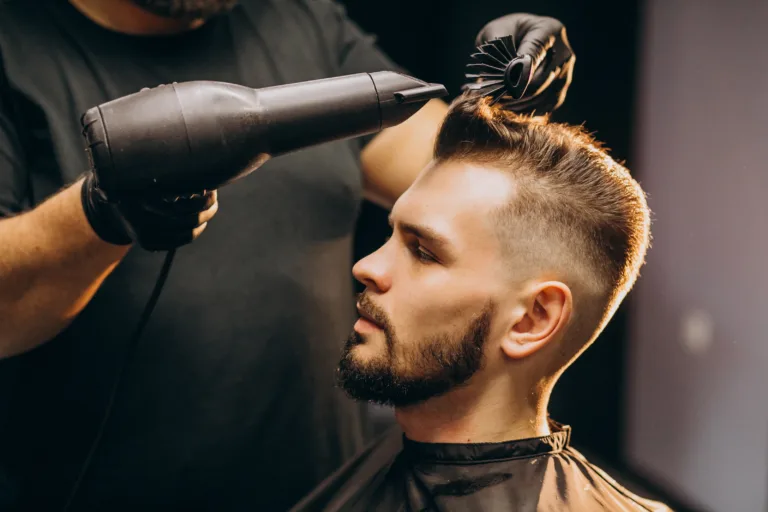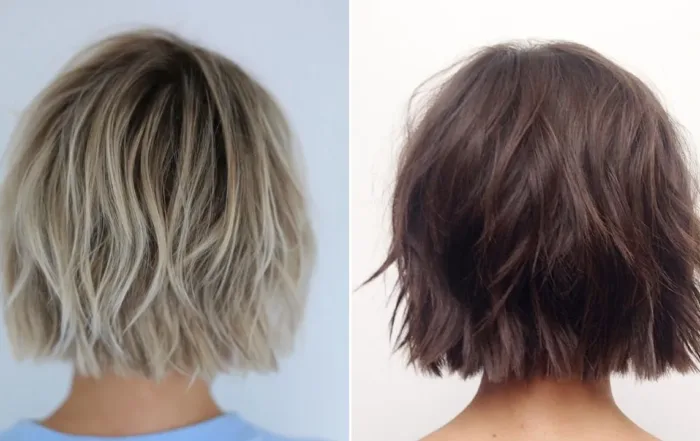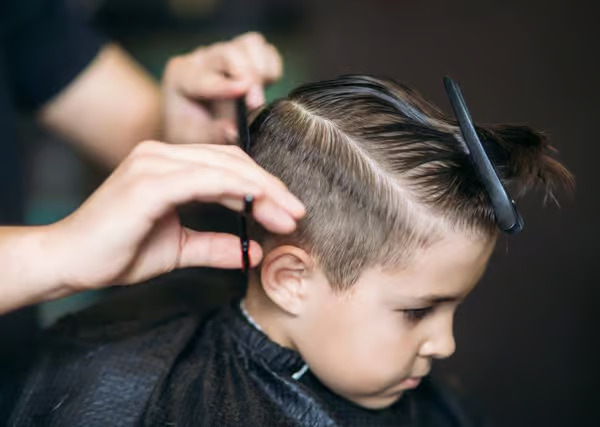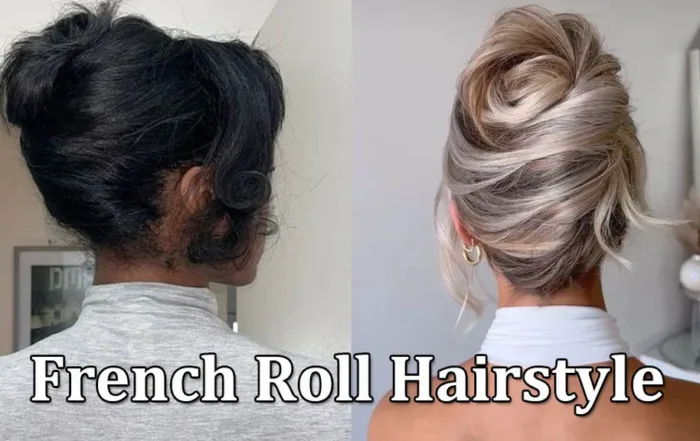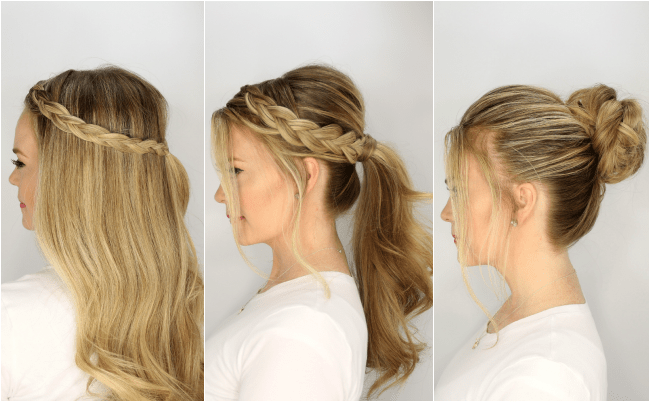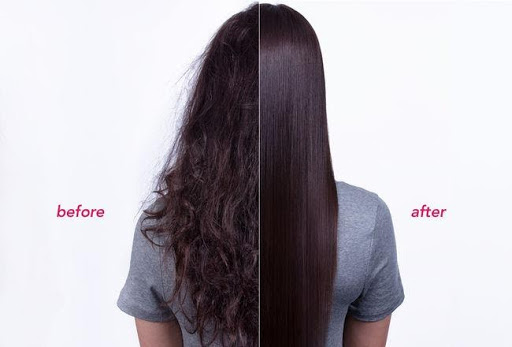Introduction:
Finding the right haircut can make all the difference when dealing with thinning hair. As men age, hair can begin to thin and recede, presenting a challenge when it comes to maintaining confidence and style. However, choosing the right haircut can transform thin hair into an asset, accentuating your best facial features and emphasizing your individual style. Additionally, there are useful tips on how to cover thin hair that can further enhance your appearance.
In this comprehensive guide, we’ll explore the best haircuts for men with thin hair, taking into account different styles, lengths, and approaches to accommodate various preferences and hair types. Whether you’re looking to cover a receding hairline, add volume, or embrace your changing hair, we’ve got you covered.
Importance Of Choosing The Right Hair Cut
A haircut isn’t just a fashion statement—it’s a way to express your personality and boost your confidence. For men with thin hair, the right haircut can also help you feel more comfortable in your own skin. It can minimize the appearance of thinning hair or receding hairlines while enhancing your facial structure. Thin hair treatment at salons can provide specialized services to address thinning hair concerns effectively.
When choosing a haircut, consider factors such as your hair type, face shape, and personal style. By selecting a style that works for you, you can achieve a look that is both stylish and flattering.
The Top 5 Recommended Haircuts for Men with Thin Hair
Buzz Cut:
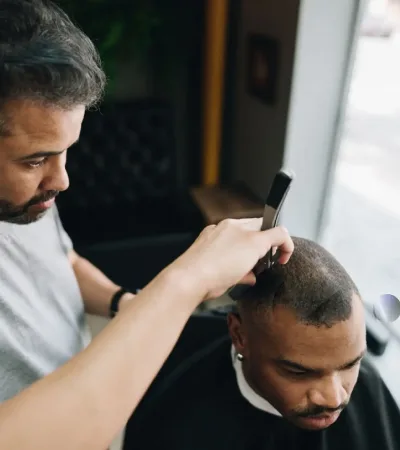
The buzz cut is a timeless and low-maintenance option for men with thin hair. This short hairstyle keeps the hair close to the scalp, reducing the visibility of thinning patches. It’s an excellent choice if you want to minimize upkeep and simplify your morning routine.
Buzz cuts can be customized with different fades or lengths on the top, allowing you to experiment with different styles while maintaining a clean, fresh look.
Crew Cut:
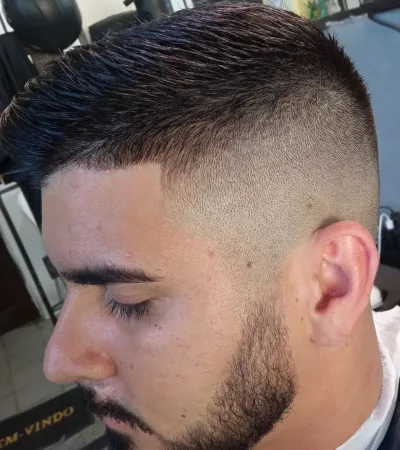
The crew cut is another classic option that is both practical and stylish. This haircut involves short hair on the sides and back, with slightly longer hair on top. The crew cut can help balance a receding hairline and provide a neat appearance.
For a modern twist, consider combining a crew cut with a fade or undercut. This adds texture and contrast, creating a more dynamic look.
Pompadour:
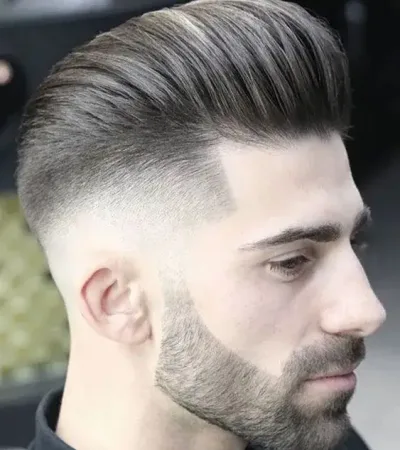
The pompadour is a bold and eye-catching hairstyle that can add volume and height to thin hair. This style involves slicking the hair back and upward, creating a voluminous pompadour on top.
The pompadour works best with medium to long hair and can be combined with an undercut for a modern twist. It’s an excellent choice for those who want to make a statement and stand out from the crowd.
Skin Fade:
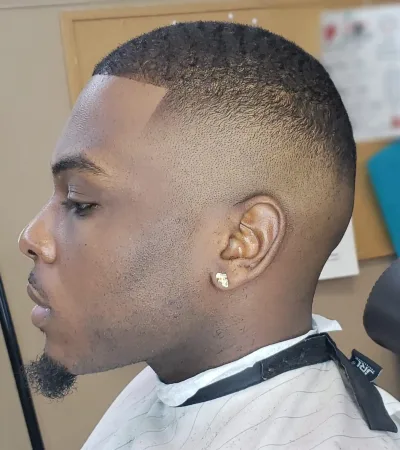
The skin fade is a trendy and stylish haircut that involves gradually tapering the hair from longer on top to very short or shaved on the sides and back. This creates a smooth and seamless transition between the different lengths.
A skin fade can add definition and contrast to thin hair, making it appear thicker and more voluminous. It’s a versatile style that can be combined with other haircuts, such as a pompadour or quiff.
Quiff:
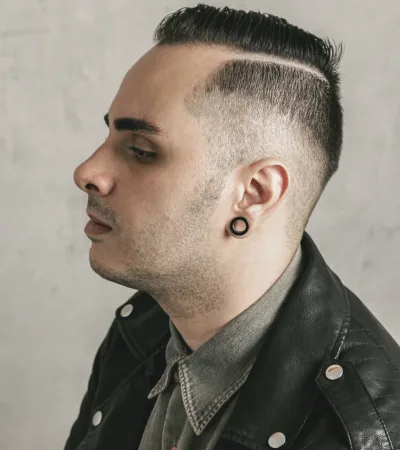
The quiff is similar to the pompadour but with a more relaxed and casual vibe. This hairstyle involves brushing the hair forward and upward, creating a wave-like appearance. It’s a versatile look that can add volume to thin hair and soften a receding hairline.
The quiff works well with medium-length hair and can be styled in various ways to suit your personal taste.
Tips for Caring for Thin Hair
No matter which haircut you choose, taking care of your hair is essential to maintain its health and appearance. Here are some tips for caring for thin hair:
Use gentle hair products: Choose shampoos and conditioners specifically designed for thin hair to avoid further damage.
Avoid heat styling: Minimize the use of heat styling tools to prevent damage and breakage.
Be gentle when styling: Avoid pulling or tugging on your hair when styling to prevent breakage.
Consider hair treatments: Talk to a professional about potential treatments for thinning hair, such as topical solutions or medications.
- Protect your hair: Use hats or sunscreen to shield your scalp and hair from sun damage.
- Maintain Healthy Diet: In addition to using gentle hair products, maintaining a balanced diet rich in essential nutrients like vitamins A, E, and biotin, as well as omega-3 fatty acids, can support hair health. Adequate hydration is also crucial for maintaining hair strength and moisture.
After Your Haircut: Tips for Maintenance and Styling
Getting a new haircut is just the first step in your journey to managing thin hair. Once you’ve chosen a style that suits you, it’s important to take steps to maintain your haircut and style your hair appropriately. Here are some tips to help you make the most of your new look:
Regular Trims
One of the best ways to maintain your new haircut is by scheduling regular trims with your hairstylist. Depending on the style and length of your hair, you may need a trim every 4 to 6 weeks to keep your cut looking fresh and well-defined.
Regular trims also help prevent split ends and breakage, keeping your hair healthy and strong.
Styling Products for Thin Hair
Using the right styling products can enhance your haircut and add volume to thin hair. Look for lightweight products such as volumizing mousse, texturizing spray, or sea salt spray. These products can give your hair body and texture without weighing it down. It’s important to consider whether dry shampoo is suitable for thin hair. Avoid heavy gels or waxes, as they can make thin hair look greasy and flat.
Proper Hair Washing Routine
Establishing a proper hair washing routine is essential for maintaining the health of your hair and scalp. Overwashing can strip your hair of natural oils, while infrequent washing can lead to product buildup and a lack of volume.
Aim to wash your hair every 2 to 3 days using a gentle shampoo designed for thin hair. Follow up with a lightweight conditioner to keep your hair moisturized and manageable.
Styling Techniques
Experiment with different styling techniques to find the one that suits your hair type and new haircut. For example, blow drying your hair upside down can add volume and lift at the roots. You can also try using a round brush to create texture and shape.
For more complex styles such as a pompadour or quiff, consider watching tutorial videos or asking your hairstylist for tips on achieving the desired look.
Protect Your Hair
Protecting your hair from environmental factors is important for maintaining its health and appearance. Wear a hat or apply sunscreen to your scalp to shield your hair from UV rays, which can cause damage and dryness.
Avoid excessive heat styling, and use a heat protectant spray if you need to use tools such as a hair dryer or straightener.
Stay Hydrated
Keeping your body hydrated is essential for maintaining healthy hair and skin. Drink plenty of water throughout the day to keep your scalp and hair moisturized.
FAQ
You can add volume to thin hair by using lightweight styling products like volumizing mousse, texturizing spray, or sea salt spray.
Blow drying your hair upside down can also create lift at the roots. Using a round brush while blow drying can add texture and body to your hair.
Avoid hairstyles that put excessive tension on your hair, such as tight ponytails or man buns, as they can lead to a type of hair loss called traction alopecia.
Steer clear of heavy gels or waxes, which can weigh down thin hair and make it appear flat and greasy. Additionally, be cautious with hairstyles that expose a large amount of your scalp, as they may highlight thinning areas.
Hair products can help manage thinning hair, but they cannot reverse the underlying causes of hair loss.
Volumizing shampoos, conditioners, and styling products can make thin hair appear fuller. It’s essential to use products specifically designed for thin hair to avoid weighing it down.
When choosing a haircut, consider the extent and pattern of your hair loss, your face shape, and your personal style.
Consulting with a professional hairstylist can help you find a cut that complements your hair type and enhances your overall appearance.


